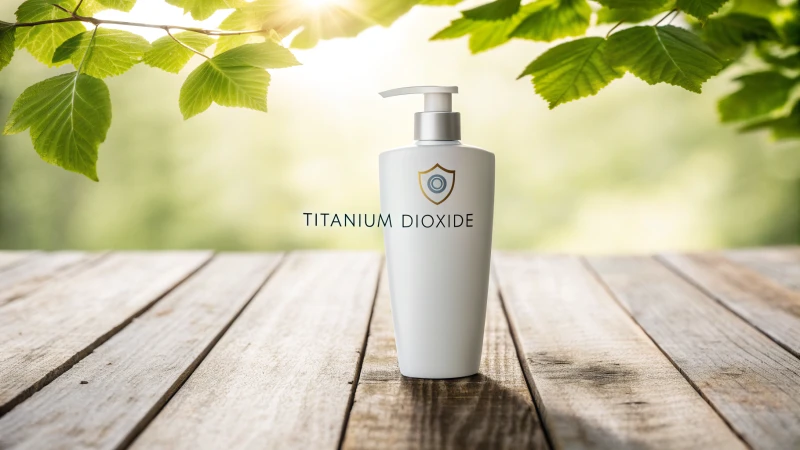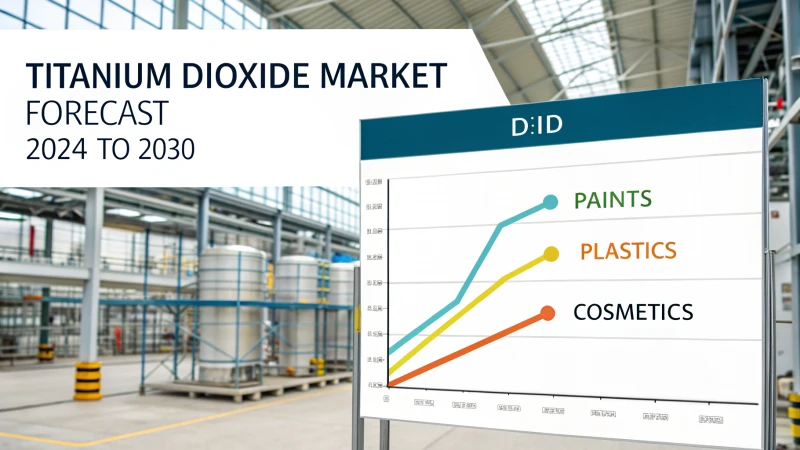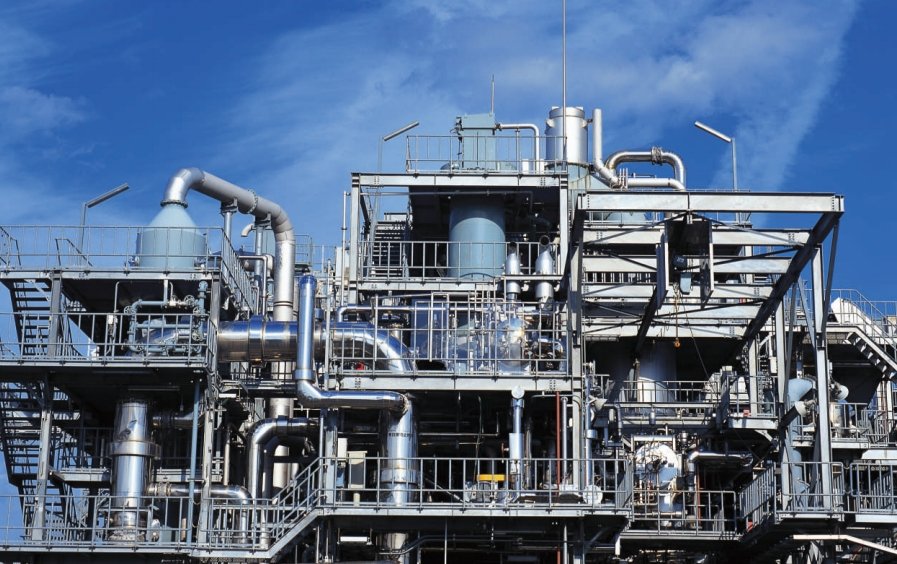
Unlocking the secrets of cleaner fuel production involves understanding the catalysts that make it possible.
Titanium dioxide (TiO2) serves as a highly effective catalyst in the petroleum desulfurization industry due to its large surface area, high catalytic activity, and chemical stability. It supports denitration processes and enhances sulfur removal efficiency, crucial for environmental compliance.
While this provides a foundational understanding, diving deeper into the specific roles and mechanisms of TiO2 in desulfurization reveals even more about its impact and potential applications. Join us as we explore this topic further, uncovering innovations and advancements shaping the industry.
[claim claim=”TiO2 enhances sulfur removal in petroleum refining.” istrue=”true” explanation=”TiO2’s high surface area and catalytic activity improve sulfur removal.”]
What Makes TiO2 an Effective Catalyst in Desulfurization?
In the quest for cleaner fuels, the role of catalysts like TiO2 is pivotal.
TiO2 excels as a catalyst in desulfurization due to its large surface area, high catalytic activity, and chemical stability. Its ability to support denitration processes and enhance sulfur removal efficiency makes it indispensable in meeting environmental standards.
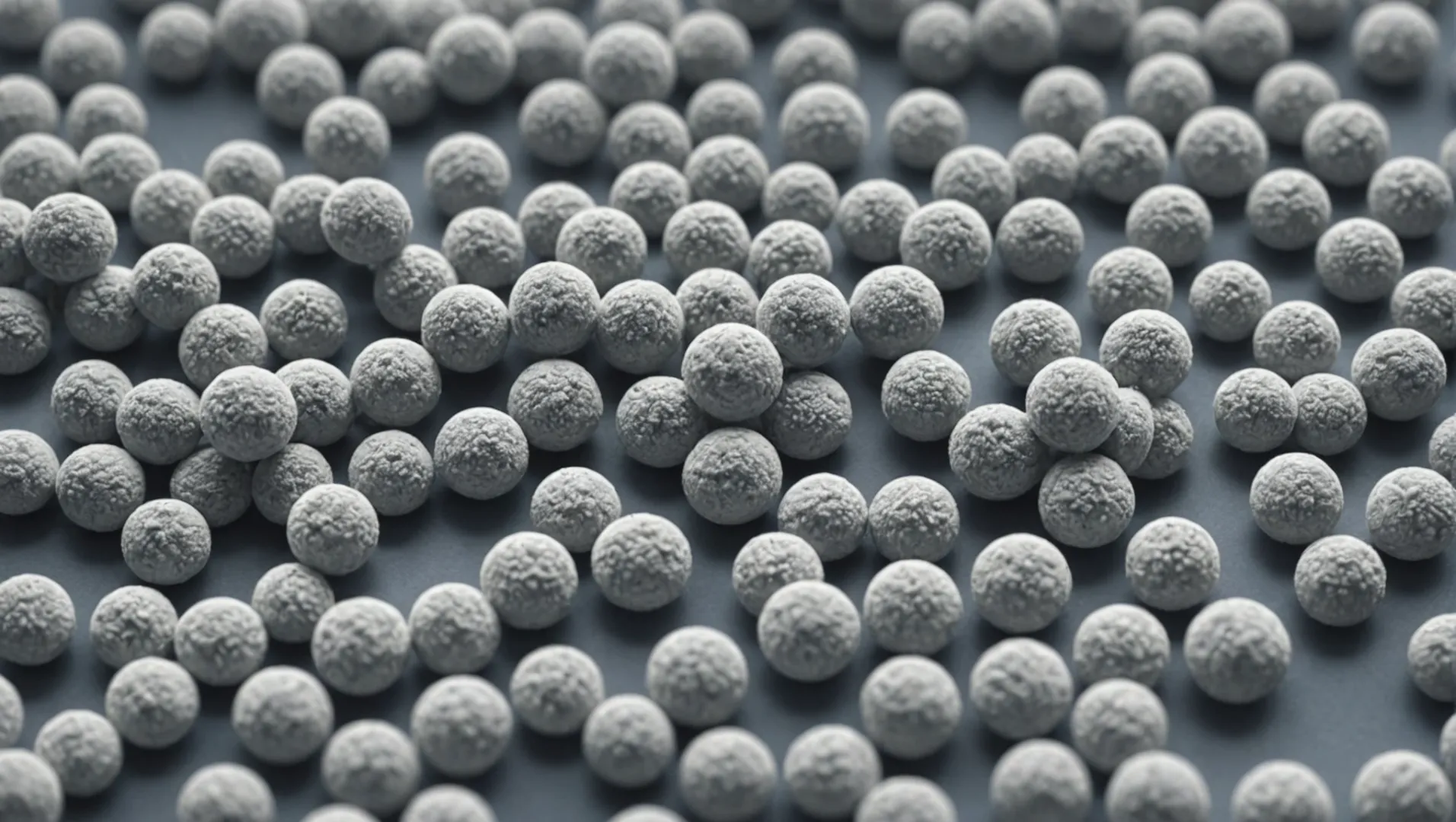
The Unique Properties of TiO2
Titanium dioxide (TiO2) is renowned for its large specific surface area, which provides ample room for chemical reactions essential in desulfurization processes. This characteristic is vital because a larger surface area allows more sulfur compounds to interact with the catalyst, thus enhancing the reaction rate.
Another crucial property of TiO2 is its high catalytic activity. This means it can facilitate chemical reactions without being consumed in the process, making it highly efficient and cost-effective for long-term use in the petroleum industry1.
Photocatalytic Mechanisms
TiO2’s photocatalytic capabilities are primarily due to its ability to harness ultraviolet (UV) light. When exposed to UV light, TiO2 generates reactive oxygen species that initiate a series of chemical reactions, leading to the breakdown of sulfur compounds. This not only aids in desulfurization but also helps in reducing other pollutants.
The table below summarizes the key properties and their functions:
| Property | Function |
|---|---|
| Large Surface Area | Increases reaction rate |
| High Catalytic Activity | Facilitates chemical reactions |
| UV Light Harnessing | Initiates breakdown of sulfur compounds |
Chemical Stability and Durability
The chemical stability of TiO2 ensures it remains effective under harsh operating conditions typical of petroleum refining environments. It resists deactivation by sulfur compounds, which prolongs its service life and reduces maintenance costs.
Moreover, TiO2’s durability makes it suitable for repeated use in refining processes without losing efficacy. This is particularly beneficial in petrochemical industries where operational efficiency and cost reduction are paramount.
Applications in Environmental Compliance
TiO2’s role extends beyond just desulfurization. Its ability to remove nitrogen oxides (NOx) alongside sulfur compounds makes it a dual-function catalyst, contributing significantly to environmental compliance efforts. This dual function underscores its importance as a versatile tool in pollution control.
With ongoing advancements in photocatalysis technology2, TiO2 continues to evolve, promising even greater efficacy in reducing environmental pollutants and enhancing air and water quality.
[claim claim=”TiO2 has a large specific surface area.” istrue=”true” explanation=”TiO2’s large surface area enhances sulfur compound interactions.”]
[claim claim=”TiO2 is consumed during chemical reactions.” istrue=”false” explanation=”TiO2 facilitates reactions without being consumed, ensuring efficiency.”]
How Does TiO2 Photocatalysis Work in Sulfur Removal?
Understanding the role of TiO2 photocatalysis is key to tackling sulfur emissions effectively.
TiO2 photocatalysis works by harnessing UV light to initiate chemical reactions that break down sulfur compounds, offering an efficient method for sulfur removal in industrial applications.
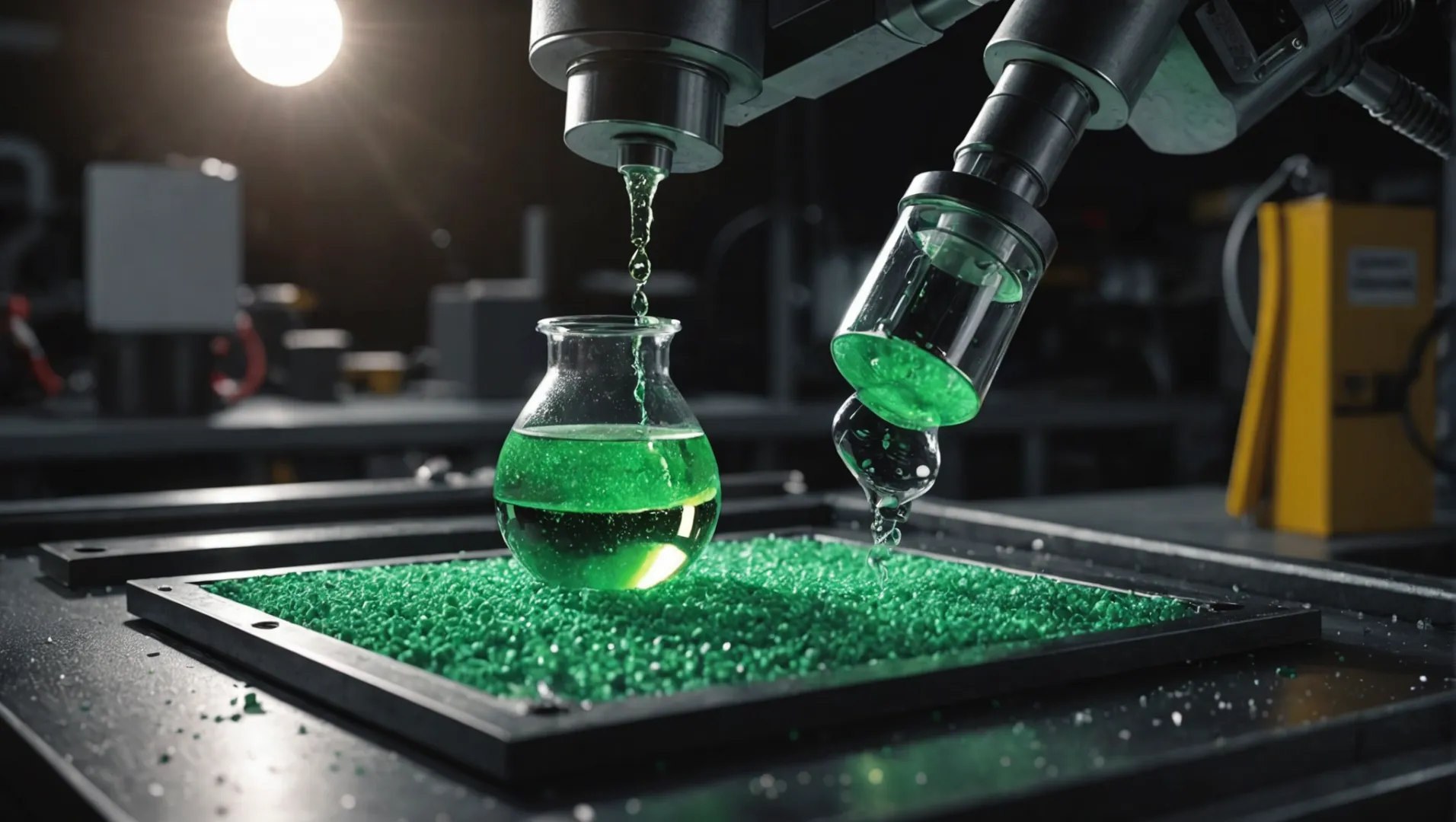
The Mechanism of TiO2 Photocatalysis
Titanium dioxide (TiO2) is renowned for its photocatalytic properties3, which are employed in the removal of sulfur compounds. When TiO2 is exposed to ultraviolet (UV) light, it becomes activated, allowing it to initiate a series of redox reactions. This process leads to the decomposition of sulfur compounds into less harmful substances. The key to its efficiency lies in its ability to utilize UV light, which is abundant and cost-effective.
Factors Affecting Photocatalytic Activity
Several factors influence the efficacy of TiO2 as a photocatalyst, including the surface area of the material, the wavelength of the UV light, and the presence of other compounds that might interact with the catalyst. For instance, a larger surface area increases the number of active sites available for reactions, thereby enhancing the overall catalytic activity. Additionally, optimizing the wavelength of UV light can further improve the efficiency of sulfur removal.
Practical Applications in Industrial Settings
In industrial settings, such as petroleum refining, TiO2 photocatalysis is integrated into processes designed to reduce sulfur emissions. This integration not only aids in compliance with environmental regulations but also enhances the quality of the end product. By converting sulfur compounds into less volatile forms, TiO2 ensures that fuels burn cleaner, reducing air pollution.
Innovations and Future Directions
Recent advancements in TiO2 technology4 have focused on increasing its photocatalytic efficiency through modifications like doping with other elements or creating nanostructures. These innovations aim to broaden the wavelength range that TiO2 can utilize, potentially enabling its activation under visible light, which could revolutionize its applications across various industries. Exploring these advancements highlights the potential for even more sustainable and effective sulfur removal strategies.
[claim claim=”TiO2 photocatalysis uses UV light to break down sulfur compounds.” istrue=”true” explanation=”TiO2 activates under UV light, initiating reactions that decompose sulfur.”]
[claim claim=”Doping TiO2 does not affect its photocatalytic efficiency.” istrue=”false” explanation=”Doping enhances TiO2’s efficiency by broadening its activation range.”]
What Are the Environmental Benefits of Using TiO2 in Refining?
Titanium dioxide plays a vital role in promoting eco-friendly refining processes by enhancing pollutant removal.
Using TiO2 in refining offers significant environmental benefits, including reduced sulfur emissions, improved air quality, and enhanced water purification. Its photocatalytic properties facilitate the breakdown of pollutants, making it an essential component in sustainable refining practices.

TiO2 and Its Role in Reducing Emissions
Titanium dioxide’s ability to act as a catalyst in the desulfurization process5 is crucial for reducing harmful sulfur emissions. By supporting chemical reactions that break down sulfur compounds, TiO2 helps refineries meet stringent environmental regulations. This reduction in sulfur emissions contributes directly to cleaner air and a healthier atmosphere.
Enhancing Air Quality with TiO2
The use of TiO2 in refining not only curtails sulfur emissions but also aids in the removal of nitrogen oxides (NOx), which are major contributors to smog and acid rain. By facilitating the conversion of NOx into harmless nitrogen and oxygen, TiO2 plays a pivotal role in improving air quality.
Water Purification Applications
Beyond air quality, titanium dioxide’s photocatalytic properties extend to water purification. When used in conjunction with UV light, TiO2 helps break down organic pollutants and other contaminants in water. This capability makes it an invaluable tool for refineries seeking to minimize their environmental footprint by ensuring discharged water is free from harmful substances.
| Benefits of TiO2 in Refining | Description |
|---|---|
| Reduced Sulfur Emissions | Facilitates breakdown of sulfur compounds, reducing atmospheric pollution. |
| Improved Air Quality | Converts NOx into harmless gases, mitigating smog and acid rain. |
| Enhanced Water Purification | Breaks down organic pollutants, ensuring cleaner discharge into water systems. |
Future Potential and Developments
As research continues, the potential for TiO2 in further reducing environmental impact grows. Innovations may lead to even more effective uses of titanium dioxide in refining, highlighting its role in advancing eco-friendly industrial practices. The ongoing development of new applications6 could pave the way for broader adoption across various industries.
[claim claim=”TiO2 reduces sulfur emissions in refining.” istrue=”true” explanation=”TiO2 acts as a catalyst in desulfurization, breaking down sulfur compounds.”]
[claim claim=”TiO2 increases nitrogen oxide emissions.” istrue=”false” explanation=”TiO2 helps convert NOx into harmless gases, reducing air pollution.”]
How Do Recent Advancements Enhance TiO2 Applications?
Recent advancements in titanium dioxide technology are revolutionizing its applications across industries.
Recent advancements in TiO2 technology have expanded its applications, enhancing efficiency in environmental remediation, solar energy conversion, and self-cleaning materials. Innovations such as doping and nanostructuring improve TiO2’s photocatalytic properties, enabling more efficient pollutant degradation and energy harnessing.
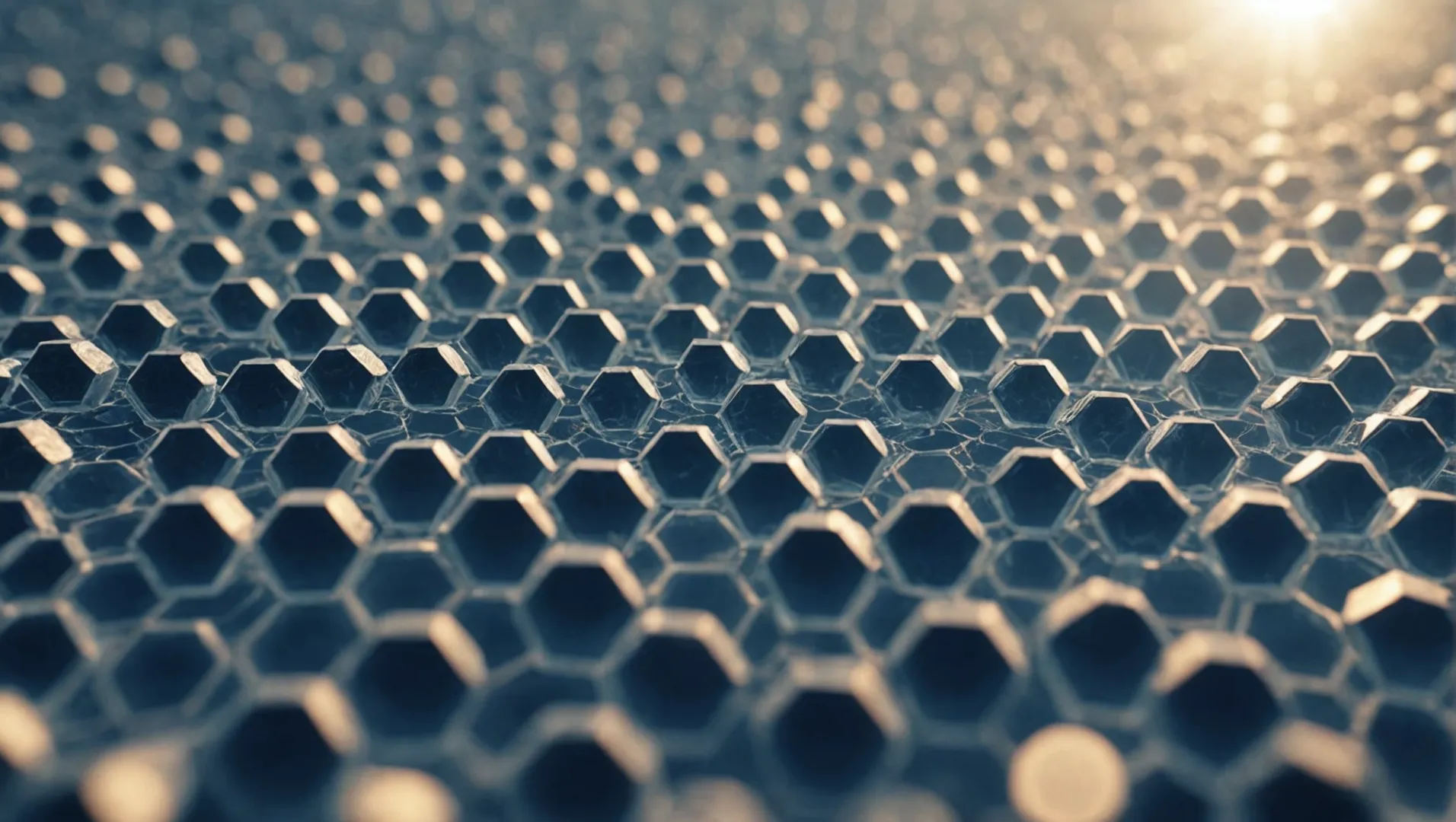
TiO2 Doping Techniques
Doping involves introducing foreign elements into the TiO2 lattice to modify its electronic structure. This process can significantly enhance its photocatalytic efficiency. For instance, doping with elements like nitrogen or carbon reduces the bandgap of TiO2, allowing it to utilize visible light, which is more abundant than UV light. This development has enabled TiO2 to be used in broader sunlight conditions7, thus enhancing its applicability in solar energy and environmental remediation.
Nanostructuring of TiO2
Nanostructuring refers to altering the physical structure of TiO2 at the nanoscale to optimize its surface area and reactivity. By creating nanotubes, nanowires, or nanoparticles, researchers can maximize the active surface area of TiO2. This increases the number of active sites available for chemical reactions, making TiO2 a more effective catalyst in processes like pollutant degradation and hydrogen production.
A table showcasing common nanostructures and their applications:
| Nanostructure | Application |
|---|---|
| Nanotubes | Water splitting for hydrogen fuel |
| Nanoparticles | Air purification systems |
| Nanowires | Solar cells |
Self-Cleaning and Antimicrobial Applications
Recent innovations have led to the development of TiO2 coatings with self-cleaning and antimicrobial properties. These coatings harness the photocatalytic activity of TiO2 to break down organic contaminants on surfaces when exposed to light. This has opened up new applications in construction materials8, textiles, and medical devices, providing cleaner and more hygienic environments.
The advancements in TiO2 technology not only enhance its efficiency but also broaden its application range, making it a pivotal material in achieving sustainable development goals.
[claim claim=”Doping TiO2 reduces its bandgap for visible light use.” istrue=”true” explanation=”Doping with elements like nitrogen allows TiO2 to utilize more abundant visible light.”]
[claim claim=”Nanostructuring decreases TiO2’s surface area and reactivity.” istrue=”false” explanation=”Nanostructuring increases TiO2’s surface area, enhancing its catalytic efficiency.”]
Conclusion
TiO2’s role as a catalyst in desulfurization is pivotal for cleaner energy solutions. Its unique properties not only improve efficiency but also offer environmental benefits. Embrace these insights to enhance your understanding and explore new applications in pollution control.
-
Understand how surface area affects catalyst performance.: We can see that using geometric surface area of electrodes can boost the OER activity to a very high value in Tafel plots. Such boosted activity … ↩
-
Explore cutting-edge innovations in photocatalysis.: This review briefly discusses the mechanisms, research progress, and problems associated with photocatalysis for wastewater treatment. ↩
-
Learn how TiO2 uses UV light to break down sulfur compounds.: TiO2 immobilized on glass beads were used for the removal of low concentration SO2. · Different operational factors that influence the … ↩
-
Discover how new technologies enhance TiO2’s efficiency and applications.: This review allows selecting the optimal conditions for wastewater treatment from antibiotics using TiO 2 based materials under UV or visible light irradiation … ↩
-
Discover how TiO2 aids in reducing harmful sulfur emissions.: TiO2 is particularly successful in lowering the quantity of SO2 emitted into the environment. The fact that titanium dioxide (TiO2) is a desulfurization agent … ↩
-
Learn about emerging TiO2 uses that enhance environmental sustainability.: TiO 2-x nanomaterials have demonstrated vast potential applications, such as enhanced photodynamic antibacterial therapy, photothermal therapy for cancer, and … ↩
-
Learn how doping enhances TiO2’s photocatalytic capabilities.: Doping can reduce the number of trap states, especially deep traps, in the TiO2 material. This reduction in trap states enhances the efficiency of electron … ↩
-
Discover innovative uses of TiO2 in self-cleaning materials.: TiO 2 -based photocatalytic building materials can keep the building surface clean, and have decontamination, antibacterial effects and so on. ↩




